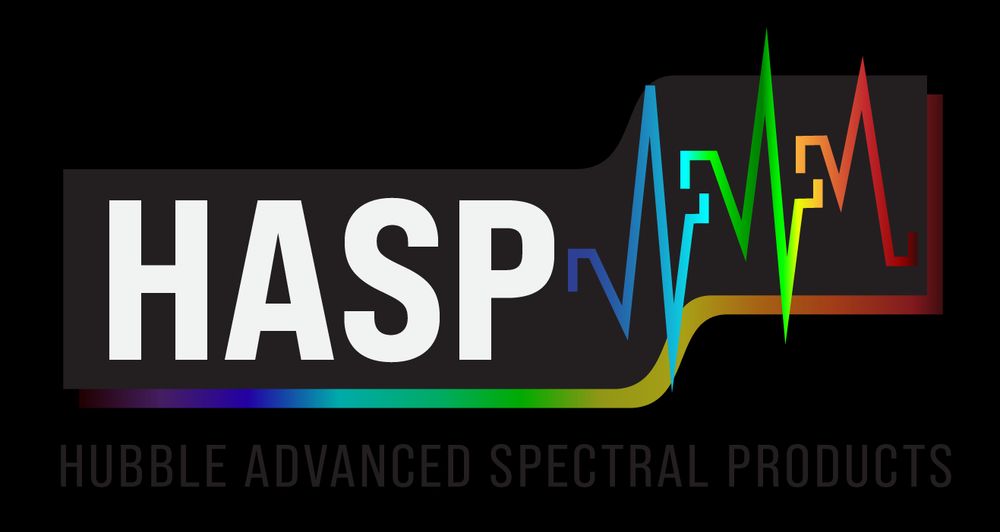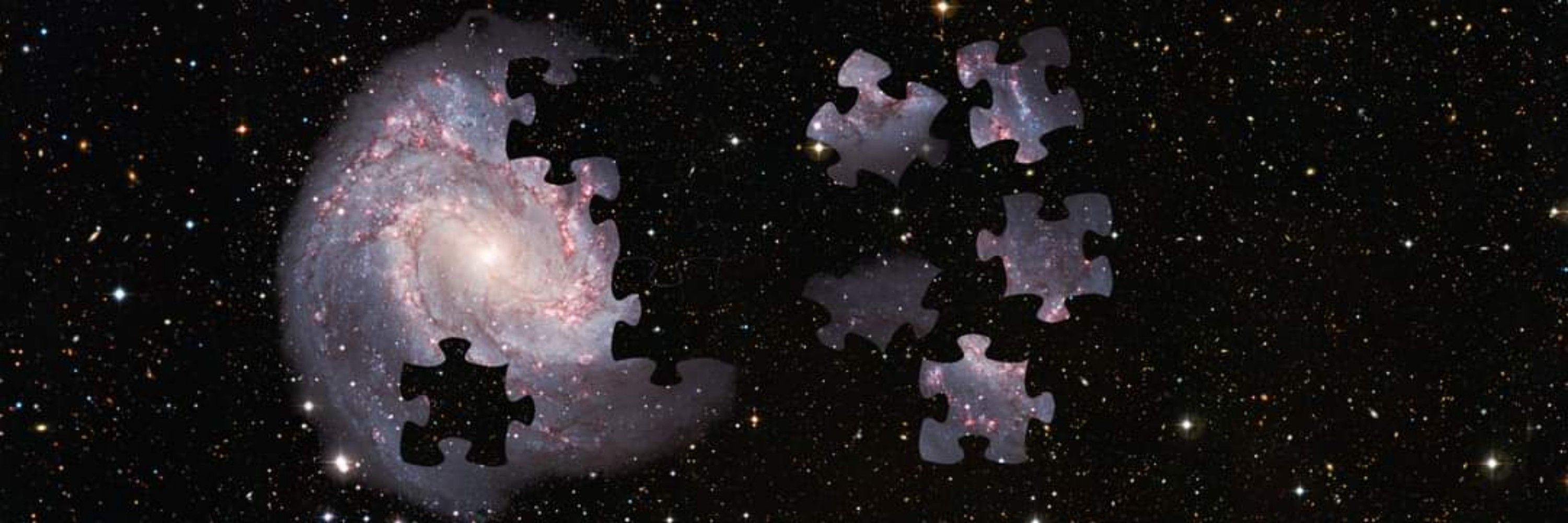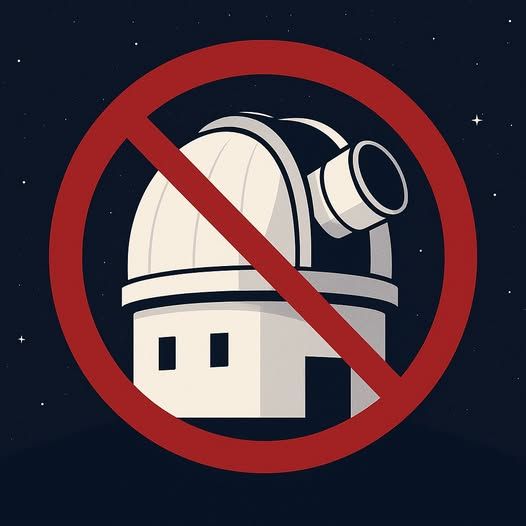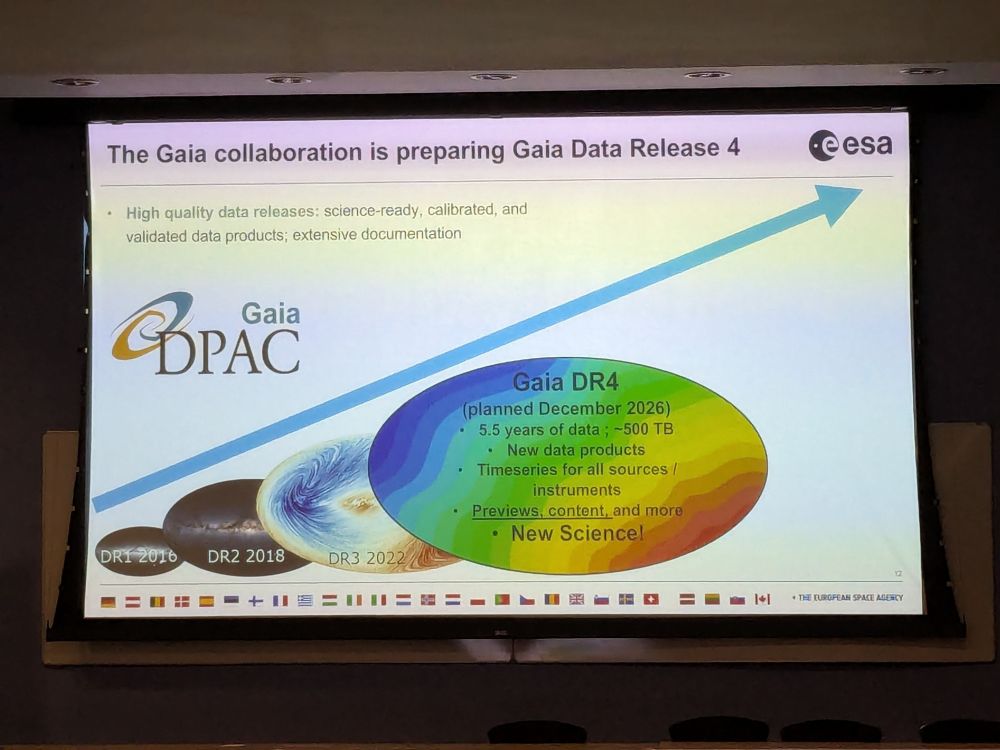SAGA Team
@sagateam.bsky.social
77 followers
52 following
92 posts
#SAGATeamCAMK 🔭🌟 Research group on Stellar Abundances and Galactic Archaeology. We explore the secrets of the #MilkyWay using stellar chemical abundances.
#astronomy #astrophysics #research #science #stars
https://linktr.ee/saga.team
Posts
Media
Videos
Starter Packs
Reposted by SAGA Team
Emily Hunt
@emily.space
· 12d
Reposted by SAGA Team
SAGA Team
@sagateam.bsky.social
· Aug 7
It's a go for manufacturing CUBES, a future instrument for our VLT.
The VLT's ultraviolet eye, CUBES will search for water in the asteroid belt & explore the UV cosmic background, among other scientific goals.
https://www.eso.org/public/announcements/ann25006/
🔭 🧪
#instrumentation
The VLT's ultraviolet eye, CUBES will search for water in the asteroid belt & explore the UV cosmic background, among other scientific goals.
https://www.eso.org/public/announcements/ann25006/
🔭 🧪
#instrumentation

Reposted by SAGA Team
Reposted by SAGA Team
Reposted by SAGA Team
John Debes
@johndebes.bsky.social
· Jun 25
Like #Hubble spectra, but it's hard to access? My working group @stsci.edu launched the Hubble Advanced Spectral Products, joining COS and STIS spectra across different modes and instruments for every HST program for the first time 🧪🔭https://archive.stsci.edu/missions-and-data/hst/hasp (1/4)

SAGA Team
@sagateam.bsky.social
· Jun 24
SAGA Team
@sagateam.bsky.social
· Jun 24
SAGA Team
@sagateam.bsky.social
· Jun 24
SAGA Team
@sagateam.bsky.social
· Jun 24
Happy to announce that the line-detector.oca.eu website is now online!
It allows the user to select the stellar type, [M/H], λ- range, and resolving power and the page returns:
-purity of the line and minimum S/N required to detect it.
-interactive plot to identify the lines in the spectra
It allows the user to select the stellar type, [M/H], λ- range, and resolving power and the page returns:
-purity of the line and minimum S/N required to detect it.
-interactive plot to identify the lines in the spectra


SAGA Team
@sagateam.bsky.social
· Mar 14
SAGA Team
@sagateam.bsky.social
· Mar 14
SAGA Team
@sagateam.bsky.social
· Mar 14
SAGA Team
@sagateam.bsky.social
· Mar 14
SAGA Team
@sagateam.bsky.social
· Mar 14
SAGA Team
@sagateam.bsky.social
· Mar 14
SAGA Team
@sagateam.bsky.social
· Mar 14









